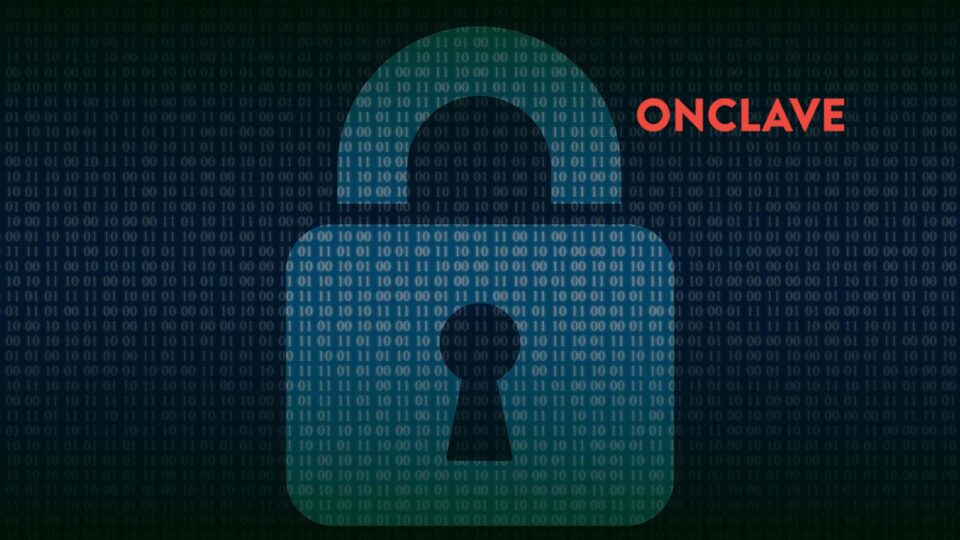As a leader in Zero Trust and microsegmentation, Onclave Networks, Inc. shares three key actions to significantly improve network security following a record-breaking year in the number of network breaches.
In response to the growth in cyberattacks, malware and ransomware that has the United States on pace to break the record for most network breaches in a year, Onclave Networks improves the security posture of enterprise networks by integrating Zero Trust principles incorporating microsegmentation from core to edge.
According to a recent report from the Identity Theft Resource Center, a non-profit that has tracked publicly reported data breaches in the United States since 2005, the number of breaches in this year has already exceeded the number for all of 2020 and is on pace to be the biggest year on record.
In conjunction with the rise in network breaches, there has been a 62% global increase in ransomware (158% increase in North America) since 2019. Industries from healthcare to manufacturing, utilities to government agencies, have all seen the number of cyberattacks increase steadily over the past few years.
Top iTechnology Networking News: New Network Industry Trends Report Sheds Light on Key NetOps Priorities for 2021 and 2022
The reason for these increases is not hard to understand. The average return on investment of a ransomware attack is 1,400%. The profitability of cyberattacks has fueled the rise of highly sophisticated and well-trained organizations that exploit network weaknesses including phishing, software that has not been updated, and Operational Technology that shares data on IT networks.
Cyberattacks are directly impacting lives, such as the ransomware attack on the Colonial Pipeline, the hack of the Oldsmar Water Treatment facility, and JBS meat processing company. About nine in 10 Americans are now at least “somewhat concerned about hacking that involves their personal information, financial institutions, government agencies or certain utilities,” according to a poll by The Pearson Institute and The Associated Press-NORC Center for Public Affairs Research.
Both the growth in attacks, the costs of ransomware, and consumer concerns are prompting leaders in business and government to get more aggressive about how they approach cybersecurity.
Onclave Networks identifies three key actions to improve security protocols and network infrastructure to significantly increase one’s protection from cyberattaks.
Top iTechnology AIOps News: Beautiful.ai Doubles Down on Growth and Design, Promotes Jason Lapp to CEO
- Make the move to tougher internal standards
Governments across the world are tightening consumer privacy laws, seeking to regulate payments using cryptocurrencies, and implementing security standards for businesses that work with the government. This means organizations need to make internal standards tougher and improve training of employees to reduce the threat of phishing or human error that can lead to breach and data loss. - Identify how the convergence of IT and OT has expanded an attack surface
With the expansion of remote work and the integration of vendors and IoT devices, Operational Technology has expanded the attack surface within IT networks. Since traditional IT security applications cannot see OT and IoT systems and devices, cyberattackers view them as easy points of access to the broader IT network. Therefore, understanding exactly how exposed one is a critical step to identifying the right solutions to protect a network. - Leverage Zero Trust Architecture and Microsegmentation
The goal of deploying a Zero Trust framework in the enterprise is to create an environment where trust is never assumed, and that any request to move from endpoint to endpoint within a network must be continuously authorized and monitored. When Zero Trust architecture is deployed with microsegmentation, one can significantly reduce an attack surface.
Gartner® Analysts stated in a recent report*:
“Identity-based segmentation, known as micro or zero-trust segmentation, provides an effective approach to limit the effect of malicious lateral network traffic. Security and risk management leaders who choose the right style of identity-based segmentation can reduce risk to their environments.”
The Right Solution for 2022
The Onclave TrustedPlatform™ delivers incorporates microsegmentation and Secure Access Service Edge (SASE) by cryptographically separating OT/IoT from the IT network – eliminating attack surfaces, creating secure enclaves, and protecting enterprise data communications and operations. The fully integrated security platform provides detection, isolation, and containment capabilities through continuous monitoring of all endpoint activities and requires no changes to an organization’s existing infrastructure. The Onclave solution results in lower costs from cyberattacks and compliance risks.
“In order to effectively manage and secure vulnerable networks, applications, and data, it’s important to take the right steps towards a Zero Trust framework leveraging microsegmentation,” said Don Stroberg, CEO at Onclave Networks, Inc. “Our mission is to help companies rapidly implement a secure, foundational platform based on Zero Trust.”
Top iTechnology Security News: Cowbell Cyber Releases First Insurance-focused Risk Assessment for AWS Customers
[To share your insights with us, please write to sghosh@martechseries.com]


